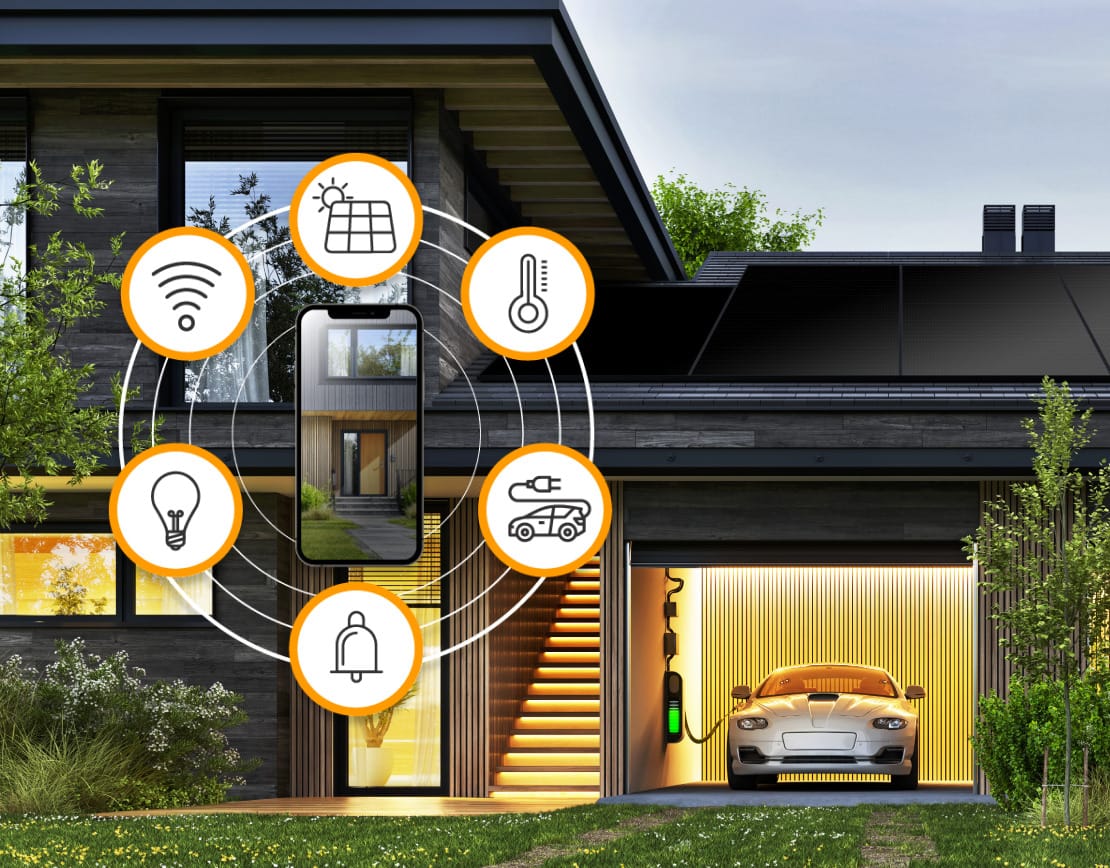Rate plans define much of our energy usage in California, but most people aren’t aware of the various kinds of rate plans that might be out there, or what the differences between them are. When you buy power from the utility, you’re naturally going to be locked into whatever terms they set unless you have a solar system to return your energy independence. For those who are considering an electrification project, a solar installation, or just looking to add a new electric appliance to their home, it is important to know just what kind of impact your rate plan will have on your finances. Let’s explore what a rate plan is, what kinds of plans are out there, and how to determine which one is best for you!
What is a rate plan?
A rate plan is a pricing structure offered by the utility which determines the cost of the power you purchase from the grid. That price fluctuates based on a number of factors including seasonality and time of day. Some rate plans are more expensive than others, depending on what your energy needs are.
How many rate plans are there?
There are currently six specific residential rate plans outlined by the utility on their site, as well as a reduced number of base plans and a set of add-ons you can consider. Let’s take a look at the 6 primary rate plans, and discuss the differences between them. Here is the list of each primary plan:
- Time of Use (4-9) E-TOU-C
- Time of Use (5-8) E-TOU-D
- Tiered Rate Plan E-1
- Home Charging EV2-A
- Electric Vehicle Rate Plan EV-B
- Electric Home E-ELEC
These plans all share basic details and similarities, but depending on your energy consumption and lifestyle, one may be much better than the other.
Specific Rate Plans
By breaking down each of the following rate plans, we can get a better understanding of which plan is right for each customer. Our solar consultants can help you evaluate your daily and total energy consumption to make the best possible decision for your rate plan.
Time of Use (4-9) E-TOU-C
The Time of Use rate plans are among the most common, as they closely align with what you may already know about utility energy rates. Namely, this rate plan changes based on the season, and your daily time of use ultimately determines your costs. With the E-TOU-C plan, your specific peak hours are 4-9 p.m. daily, so reducing your energy usage within that time frame is your best bet to save money with this plan. There is also a Baseline Allowance threshold wherein you pay less if you use under or close to the threshold, and more if you shift into a higher tier of usage.
Time of Use (5-8) E-TOU-D
This Time of Use rate is the higher cost version of the previous rate plan, used most frequently by those who use a high amount of electricity. The difference between the E-TOU-C and the E-TOU-D is that the latter has no Baseline Allowance, which means you can’t shift up tiers but you also have no incentive for spending below a specific tier, beyond the cost of energy itself. This plan also fluctuates by season and time of day, but the time of day is 5-8 p.m. instead of 4-9, and the plan changes by day of the week as well. Weekends and off hours tend to be the sweet spot for this plan.
Tiered Rate Plan E-1
The tiered rate plan trades the seasonality and day / time usage restrictions for an expanded version of the tier structure from Baseline Allowance. Now, there are only two tiers in this plan - the first tier is active so long as you remain under your Baseline Allowance, and represents the lowest price for your billing. Once you go over your Baseline Allowance, you then enter into tier two, in which you are billed at a higher price. If your energy usage is relatively consistent, this can be a beneficial plan, but you want to avoid entering the higher tier pricing to keep your bills consistent.
Home Charging EV2-A
The Home Charging rate plan and the Electric Vehicle rate plan can look similar on first glance, but there is an important distinction. The charging portion of Home Charging can refer to an EV, but also considers battery storage and heat pump operation to be charging activities. In any case, the plan assumes you will be drawing power for large appliances, and rewards you for shifting that energy burden to off-peak hours. For instance, your costs on this plan are lowest from 12 a.m. to 3 p.m., incentivising night to early afternoon charging. Because this rate plan operates like a time of use plan, you will pay significantly more if you are charging your high usage equipment during peak hours.
Electric Vehicle Rate Plan EV-B
The Electric Vehicle rate plan distinguishes itself from the last plan by giving you the option to meter your vehicle separately from your home. Unlike the last plan, which lumped home and vehicle charging into one general rate, this allows you to install a second electric meter which is used exclusively to measure your EV charging and usage. Your rates will be different but you will save on the energy used to charge your vehicle, especially if you strategize around time of use to charge during off peak hours. 11 p.m. to 7 a.m. is the window you want to aim for in this particular plan.
Electric Home E-ELEC
For those who have taken the electrification of their homes to heart, the Electric Home rate plan accounts for the increased energy consumption that will naturally occur in such a residence. There is a base service charge for this plan, but is compensated with a lower price per kWh to compensate. Because of this, energy efficient appliance users may find that this plan is the best option for saving money on monthly energy costs. The potential for savings is greater still if you can plan usage around off and partial peak usage.
The Solar Solution
At the end of the day, the rate plan you pick will be right for you if it fits your usage and schedule, but the only way to truly save money in this regard is to install solar on your home. A solar installation with battery storage can help you eliminate the drawbacks of each rate plan listed above, making it easier to only buy the power you need during off peak hours, and generating, storing, and leveraging power from your own system when grid power is at its highest possible price. If you’re interested in elevating your energy rate plan with a solar installation, our consultants can help you design a system that fits your needs and budget.



